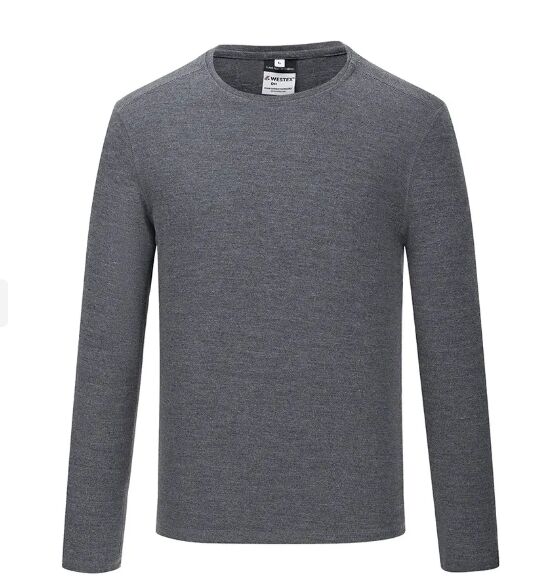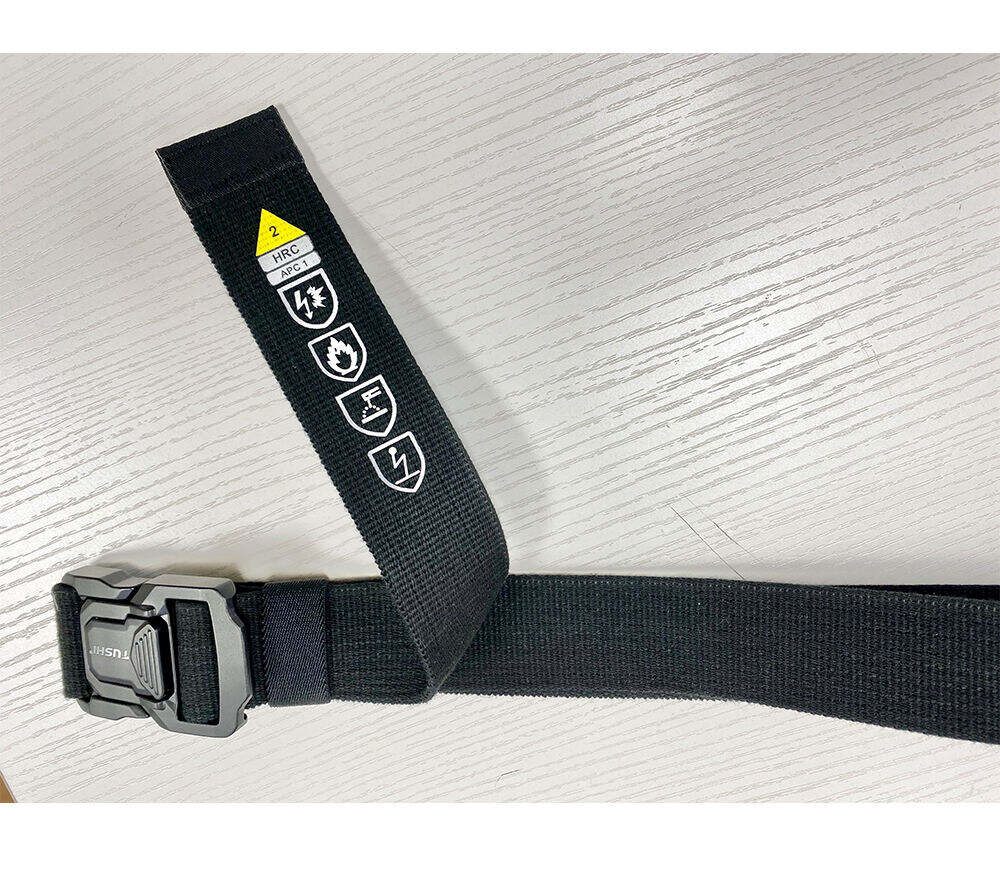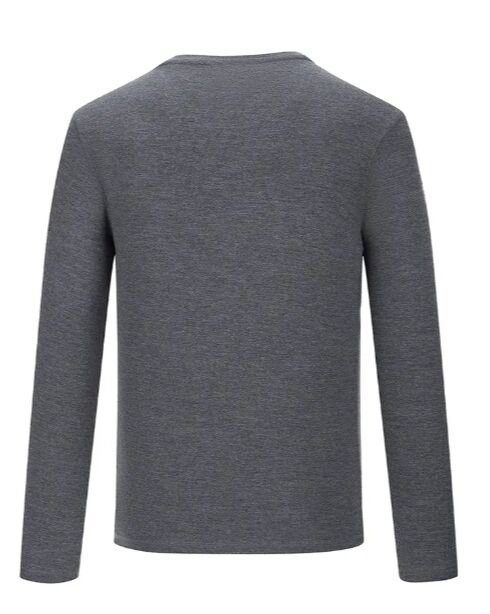Fire retardant garments are essential safety equipment in various industries where the risk of fire is a constant concern. At Top Wholesafety (Shaanxi) Co., Ltd., a company established in 2021 in partnership with Wholesafety UK—a global leader in personal protective equipment (PPE) with over 60 years of history—we understand the critical importance of these garments and the materials used in their construction. Fire retardant garments are typically made from a combination of natural and synthetic fibers that have been specially treated or inherently possess fire - resistant properties. One of the most common natural fibers used is cotton. While regular cotton is flammable, it can be treated with fire - retardant chemicals to enhance its safety. These chemicals work by creating a protective layer on the fabric's surface. When exposed to heat or flames, the chemicals react to form a char layer. This char layer acts as a barrier, preventing the fire from spreading further and reducing the amount of heat that reaches the wearer's skin. The treatment process is carefully controlled to ensure that the fire - retardant properties are long - lasting and can withstand multiple washes without significant degradation. Synthetic fibers also play a crucial role in the production of fire retardant garments. Aramid fibers, such as Kevlar and Nomex, are well - known for their excellent fire - resistant properties. These fibers are inherently flame - resistant because of their chemical structure. They do not melt or drip when exposed to high temperatures, which is a significant advantage over some other materials. Aramid fibers are extremely strong and durable, making them ideal for use in protective clothing that needs to withstand harsh working conditions. Another synthetic fiber used in fire retardant garments is modacrylic. Modacrylic fibers are soft, comfortable, and have good flame - retardant characteristics. They are often blended with other fibers, such as cotton or aramid, to create a fabric that combines the best properties of each material. The blending process can improve the garment's comfort, breathability, and overall performance. In addition to the base fibers, fire retardant garments may also contain other components to enhance their functionality. For example, some garments are lined with thermal insulation materials to provide additional protection against heat. Reflective strips may be added to improve visibility in low - light conditions, which is especially important for firefighters and workers in hazardous environments. At Top Wholesafety (Shaanxi) Co., Ltd., we source only the highest - quality materials for our fire retardant garments. Our research and development team continuously explores new materials and treatment methods to ensure that our products meet the latest safety standards and provide the best possible protection for workers in various industries.


